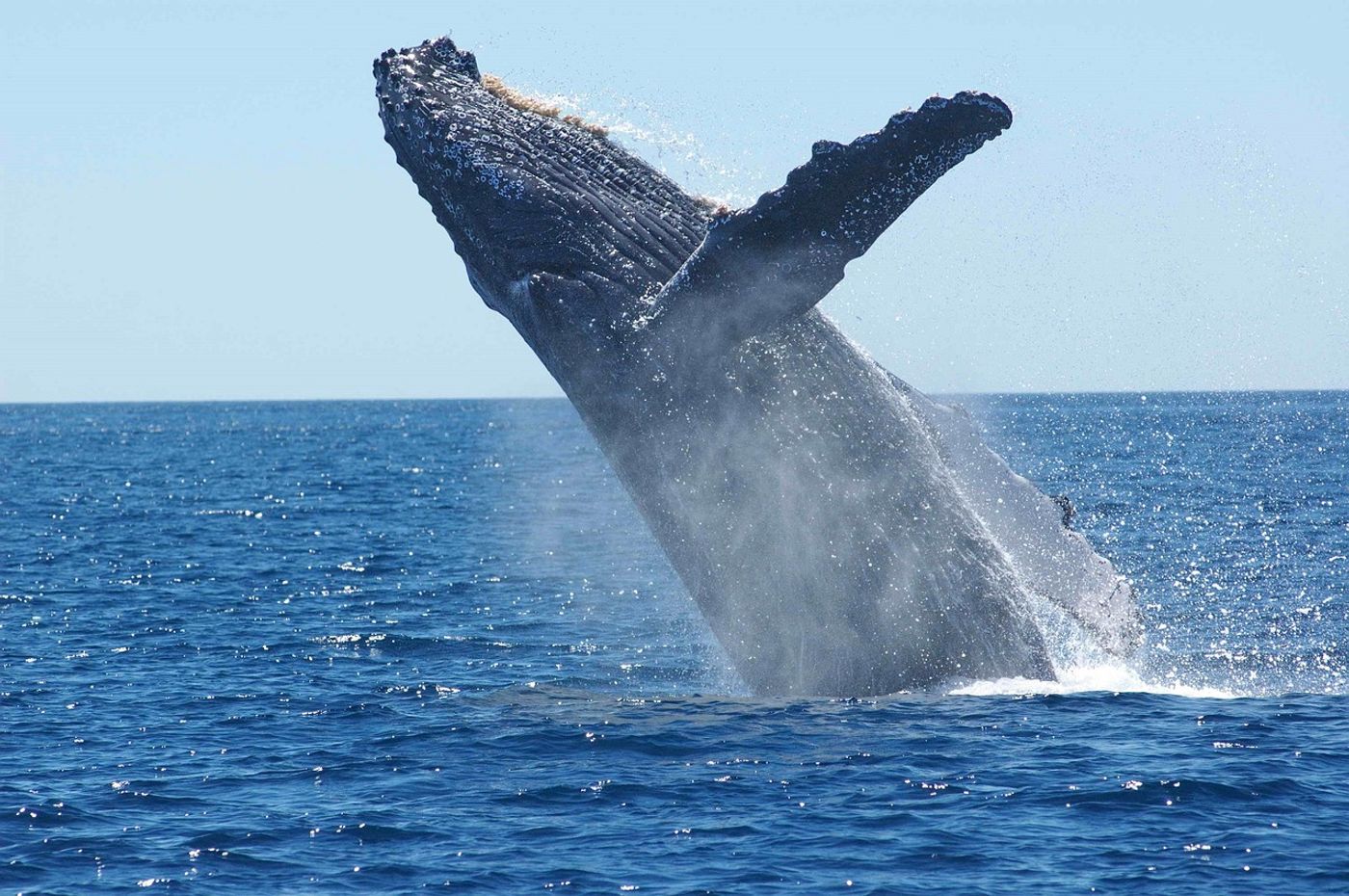Here's How Baleen Whales Got to Be So Large
Most people have never had the opportunity to see some of the largest marine mammals on the planet in person. Baleen whales, especially those of the blue whale and humpback whale species, are perhaps the best examples of some of the world’s largest marine animals.
On average, a blue whale can grow to be around 82 feet long and weigh around 300,000 pounds, but science demands answers for how in the world such a creature evolved to get so large, and a new study published in the Proceedings of the National Academy of Sciences finally takes a closer look into this unanswered question.
Image Credit: Skeeze/Pixabay
All baleen whales lack any actual teeth; instead, they have baleen, which is a type of filter-feeding system. It enables the whale to take one massive rush of water into their mouths and then push the water back out through their baleen without allowing any prey that might have been captured to escape.
They prey mostly on smaller creatures, like krill, so it’s a prodding question as to why evolution has called on blue whales to be so large when, clearly, they wouldn’t need to be to continue eating the prey they eat today.
A closer look into at least 140 baleen whale fossils spanning several different species revealed some clues as to what might be going on here. Some the fossils represented species that are alive today, while most were extinct. The goal of looking at extinct species, in addition to modern species, was to learn more about how the creature evolved over time.
What the research indeed pointed out was that baleen whales weren’t always as large as they are today; in fact, they’re getting bigger today than they ever were before.
Related: Humpback whale 'super-groups' are popping up everywhere, and scientists don't know why
A few million years ago, whales were averaging lengths of around 16-32 feet, but that’s still not anywhere close to the blue whale’s massive 82-foot average length figure. Interestingly, the start of the overgrowth of these marine beasts seems to have occurred in several different species at around the same point in time, which was a red flag for the researchers.
It just so happens that the time period where all these baleen whales started going through growth spurts was at the time that the world was going through a major climate change shift that changed the ecosystem of the sea and made it a necessity for the creatures to have to travel longer distances in the ocean to find food.
Food that was typically easy to find was being swept away more easily by ocean currents and winds, moving the prey around to new settling points around the world. Now, baleen whales had to do a lot more traveling just to get to their food.
Related: This beached whale had a stomach full of plastic bags
Evolution took things from here, resizing the body of several baleen whales to make them a better fit for these longer, global trips. By having a significantly larger body, baleen whales now had the massive muscle density necessary to help these creatures swim for longer periods of time without becoming over-exhausted.
As a plus, being larger makes the trip seem shorter – just imagine, it only takes you a few seconds to walk from one side of your living room to the other, but it would take an ant several minutes. In terms of transportation, size does matter.
Another factor that may have had an impact is the fact that larger animals simply don't make good prey for other animals. With that in mind, larger baleen whales had better survival chances than smaller ones, so the big size eventualyl reigned surpreme.
Related: Humpack whale calves 'whisper' to their mothers to avoid predation
What the research points out is that climate change had a major impact on baleen whale body size at least once in Earth’s history, and it raises the question of what could happen to baleen whales in the face of the current climate change situation that we’re dealing with.
As ocean ecosystems are impacted on a global scale by modern climate change, could baleen whales go through yet another evolution? It’s possible, scientists say, but there’s no evidence to suggest that they’re going through any changes at this point in time.
Further research into modern baleen whales and their feeding and transportation habits could be made possible by modern tracking equipment and may help researchers find the answers they’re looking for.









